Would you like to buy a versatile full-frame camera for your travels and are a little unsure in the jungle of offers? In this article, I’ll give you a few ‘hot’ tips and explain why they are so suitable.
Page Contents (click line to jump the text)
Intro
In my earlier article ‘Which first camera to buy for travel photography’ (see: https://ireland-insider.com/which-first-camera-to-buy-for-travel-photography/), I made a very clear case in favour of APSC cameras. Why? Modern APSC cameras are powerful and tend to be cheaper than full-frame cameras and their lenses are usually lighter, smaller and cheaper than full-frame.
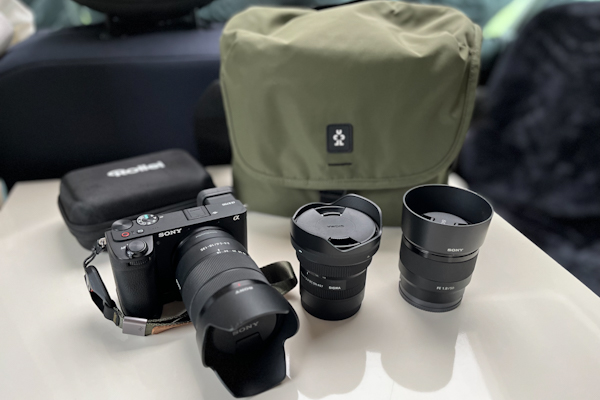
If price, size and weight are less relevant to you and you would like to buy a full-frame camera, then I have some great tips for you in this article.
Where do I know them from? I recently bought my new travel camera and in my case it was an APSC camera. But before that, I researched the market for months and looked at several cameras in specialised shops. There were definitely a few great full-frame cameras on my shortlist that I would have considered.
Important addition: This article is mainly aimed at amateur travel photographers and beginners. That’s why I’m not going to go into the very expensive professional cameras from the respective manufacturers.
So let’s get started:
Brands, manufacturers and photographic needs
I’ve had various cameras from different brands in the past and I’m not a particular brand fan myself. All the manufacturers on the market today make great cameras, the question is more which one will serve your needs well and which one you like.
In this article we will take a closer look at cameras from Nikon, Canon, Sony and LUMIX (Panasonic). Each of these cameras was on my shortlist and I would be well equipped with any of them as a travel camera – and I’m sure you would be too.
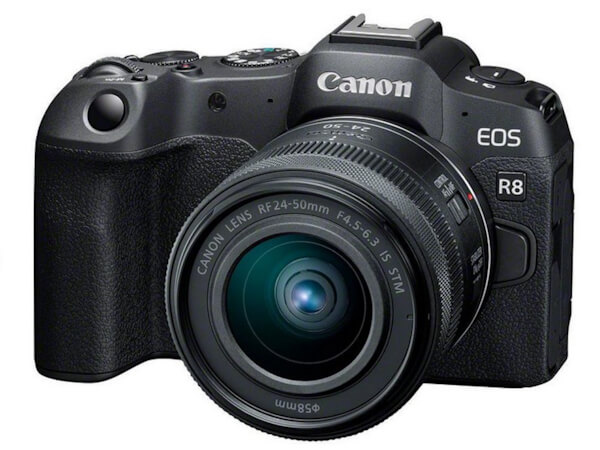
You can find a lot of information on the former in this blog article and, in my opinion, the best way to find out more is to try out the different cameras in a specialist shop. It is perfectly legitimate to buy not only according to specification, but also according to ‘feel’. If you don’t do this, you may be annoyed by the handling or menu later on – easy to avoid if you try it out first.
Let’s move on to the needs. There are professionals who absolutely need a special camera for their work and spend 7000 euros on it without batting an eyelid. And there are amateurs who have no financial problem buying the same camera, even if they will only ever use a fraction of the technical possibilities. I am not addressing either party with this article.
Most of us would probably rather have a good travel camera that can easily cope with future photographic growth, can be used for many different photographic situations and doesn’t break the bank. At least that’s how I feel and maybe you feel the same way.
For this reason, I would look at the good mid-range, i.e. cameras that professionals use for their commissioned work, be it as a wedding photographer or filmmaker, as a reportage photographer, pro travel photographer or filming and photographing content creator.
Why filmmakers? Well, modern photo cameras usually also have strong video specifications. There’s no harm in that, because even if you’re not filming at the moment, you might want to do so in the future and then the camera should be able to do it.
These versatile cameras usually have sensors with 24-33 megapixels. There are also cameras with 50 or 60 megapixels, which landscape photographers in particular like to use because they may want to print their pictures very large. However, these cameras are usually much more expensive.
General amateur travel photographers, including myself, are best served with 24 megapixels or slightly more. This allows you to crop into the image (enlarge a section) and print up to DIN A 3 or even larger. And for social media or a blog like this one, that’s more than enough, because the images are highly compressed for online applications anyway.
But let’s finally get to the cameras that I can highly recommend:
Tip number 1: Nikon Z6 III
The third version of the Nikon Z 6 is packed with technical features. A super fast and competent 24 megapixel camera with great photo and film features. The introductory price was too high, but you can now get this camera for a fair price.
If you can do without film features and don’t need super-fast autofocus, the predecessor, the Nikon Z6 II, is still a very good choice at a very good price.
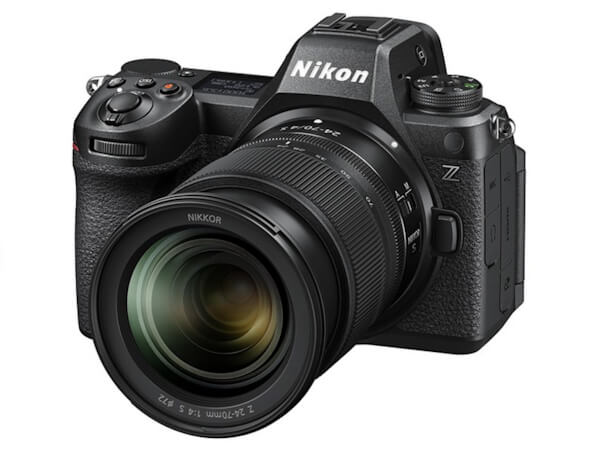
Tip number 2: Sony Alpha7IV or A7IV
This camera showed the market a few years ago what is possible: a super versatile photo and film camera with a very good 33 megapixel sensor. If you mainly want to take photos, this camera is still the best choice today.
The video functions are already a few years old and more modern cameras can do a lot better. The successor, the newer A7V, should be on the market soon and we can look forward to seeing what it will bring. Then the price of the A7IV could also drop a little – who knows?
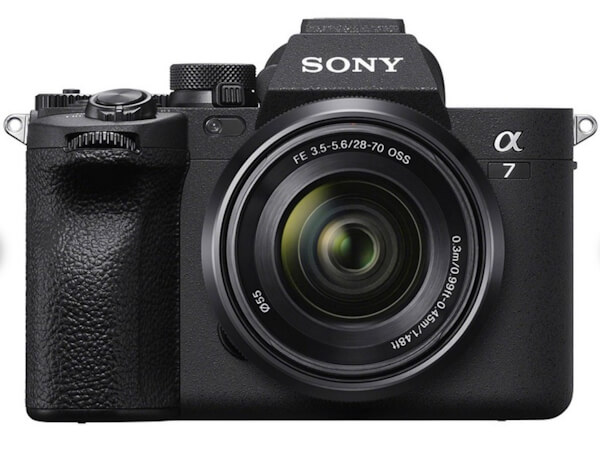
Tip number 3: Canon EOS R6II
Very good, fast and versatile 24 megapixel camera with both photo and film features. The newer R6III could be launched this year, but version II is definitely a great choice for a versatile travel camera.
With fewer features but also good quality, the Canon R8 can also be a good alternative if you’re looking for something a little cheaper.
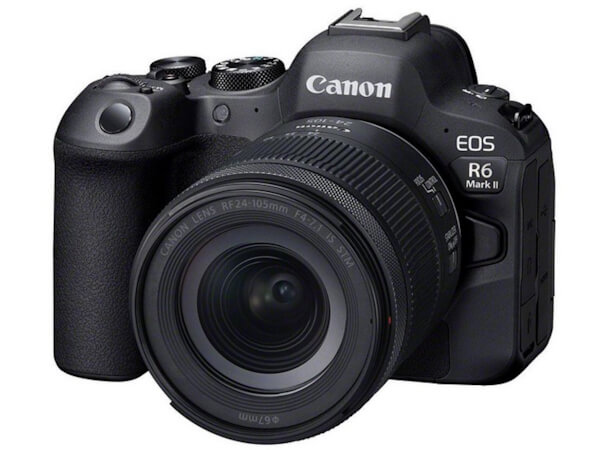
Tip number 4: LUMIX S5II
When this 24 megapixel camera came onto the market, the experts took notice: a great all-round camera with a super feel, a great housing for larger hands and good features for photos and film. The sensor is not the very latest and other cameras can do a few more things, but this camera is remarkably affordable and offers excellent value for money.
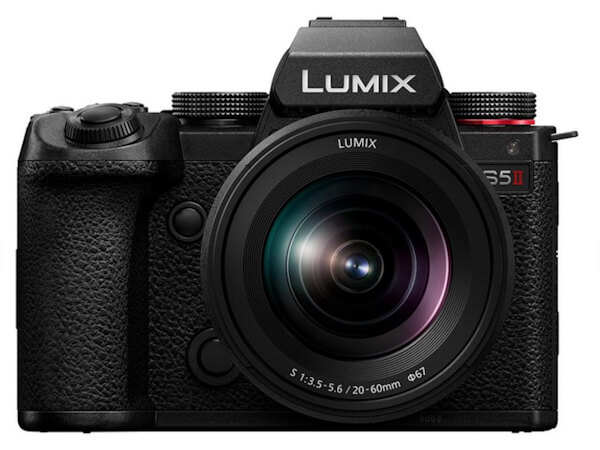
Tip number 5: Sony A7CII
This is basically the more compact version of the A7IV (33 megapixels) with very similar features. If you have smaller hands or prefer a very compact camera, then definitely take a look at this model. And choose small lenses for this camera, otherwise it won’t work well together…

Tip number 6: Nikon ZF
The ZF is a powerful, modern 24 megapixel camera in retro style. Technically, it is somewhere between the Nikon Z6II and the Nikon Z6III, but in terms of operation it is more similar to the Fujifilm cameras (APSC) or the older analogue cameras. It is particularly popular with street photographers and anyone who likes the retro style.

Lenses for your full frame camera
As a general travel camera, I always recommend a zoom as your first lens. This could be a medium 28-70mm zoom, for example, or a 28-200mm travel zoom (or similar). The former is usually more compact and the latter usually slightly larger.
You can then supplement this later with a wide-angle zoom, or a telephoto zoom, or a fixed focal length for portraits with bokeh, depending on your requirements. But with a good zoom in the medium focal length range, you’re good to go for now.
The days when kit lenses were cheap rubbish are pretty much over. So you can certainly accept a kit offer from your favourite manufacturer. The quality of kit lenses today is usually good and ideally suited for us amateurs.
Incidentally, in addition to the camera manufacturers, there are also third-party manufacturers such as Sigma, Tamron or Viltrox, which offer many excellent lenses in various price ranges for different camera brands.
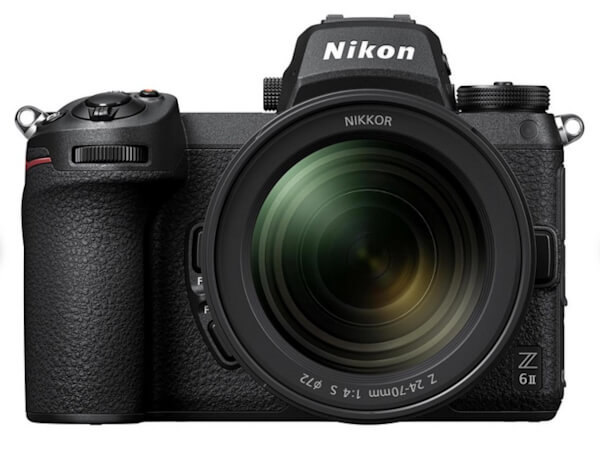
Conclusion
There are many great full-frame cameras in the mid-range price segment, all of which are excellent all-rounders for us travelling amateur photographers. In this article, I have highlighted a few current camera models in particular, but there are of course other models too.
It can also make a lot of sense if you take a closer look at the predecessor models of these cameras and perhaps you will find a great offer among the used cameras.
In any case, I hope you enjoy buying your camera and have fun with your travel photography.
More interesting articles for you
Which lenses for travel photography?
Which (first) camera to buy for travel photography?
Black and white travel photography
Traveling landscape photography – basics
Cover picture: Nikon Z6III (Photo: Nikon)